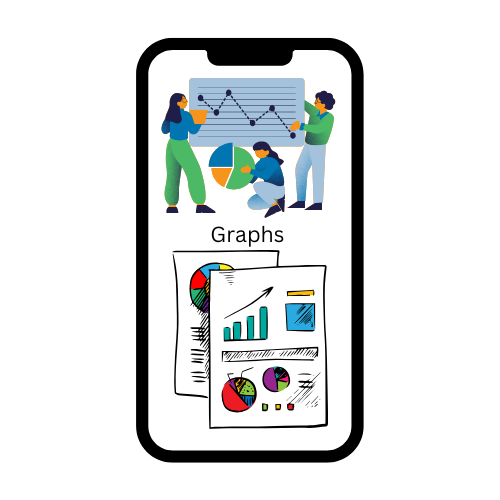In India, income tax is a levy levied by the government with the goal of funding various functions. Direct and indirect taxes are the two main types of taxes. Income tax is included in the first category. And indirect taxes include VAT, excise, service tax, and the goods and services tax (GST). In addition to funding government services, collected taxes serve as a fiscal stabiliser, ensuring that money is distributed fairly among the population. The Indian income tax system is made up of numerous components.
Types of Income Taxes
Income tax is divided into three types depending on who pays it and when it is paid, such as:
1)Tax Deducted at Source (TDS)
TDS refers to any type of income tax that is deducted and paid on the taxpayer’s behalf by a second person (who creates the taxpayer’s source of income). This tax is a measurement tool used by the Internal Revenue Service to verify that taxes are paid on time.
2) Advance Tax
Professionals and businessmen must pay income tax in four instalments over the course of the fiscal year. Advance Tax is the term for these payments. There are specific deadlines for paying various taxes, such as:
a} 15 percent of the AD before or on June 15th
b} 45 percent of the AD occurs before or on September 15th.
c} 75 percent of the AD occurs before or on December 15th.
d} 100 percent of the AD before or on March 15th.
3) Self-Assessment Tax
Self-assessment tax refers to any balance tax paid by the taxpayer on his or her calculated income after deducting TDS and advance tax.
The Source of Income
Income in India is taxable if it comes from the following sources, according to Indian income tax laws:
- Salaries
- Rental revenue from a home
- Profits and gains from a profession or business
- Gains in capital
- Other sources of income
The total income from all of these sources is determined according to the Income Tax Act’s provisions. Income Tax slab rates are tax rates that vary depending on an individual’s earnings. Every year, during the budget process, these income tax rates are updated.
Some commonly used Terms
- Previous Year
The previous year, also known as the financial year or your tax year, is a 12-month period that begins on April 1st and concludes on March 31st of the following year. Your tax year ends on March 31st, regardless of when you started your job, and a new tax year begins on April 1st. As a result, it is critical to plan your taxes for each fiscal year.
- Assessment Year
It’s a term you’ll hear a lot when it comes to tax preparation. It is the fiscal year after the prior year in which you will ‘evaluate’ and file your previous-year return. The assessment year is the year in which you will file your prior year’s tax return.
Deductions lower one’s gross income. These are the sums that the Income Tax Department permits you to deduct from your income to lower your tax bill.
Sum of All heads of Income = Gross Income
Taxable Income = Gross Income – Deductions
It is commonly believed that the more you make use of the deductions allowed the lesser the income Tax will be.
Income Tax Slabs
Individuals must pay income tax based on their earnings. The more the income, the higher the tax. Generally speaking, there are three types of taxpayers:
1)Residents and non-residents (below 60 years of age)
2) Senior citizens (60 and above years but below than 80 years of age)
3)Residents who are over the age of 65 (above 80 years of age).
What is the best way to file Income Tax Returns online?
Tax filing is now done online, allowing you to file your taxes quickly and easily. The steps to file your taxes online are as follows:
1) Register as a taxpayer on the income tax department’s website, https://www.incometaxindiaefiling.gov.in/home.
2) After registering, go into your account and select the relevant ITR to download.
3) Fill out the ITR with information about your earnings, deductions, and exemptions.
4)Your income tax filing will be completed once you submit the completed ITR online and have it verified.
The subject of filing Taxes can be tricky without the proper knowledge of possible deduction methods but once you get familiarised with the process, you save a lot of money, submit a tax return smartly and manage your income and expenses cleverly.






